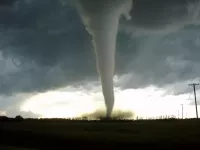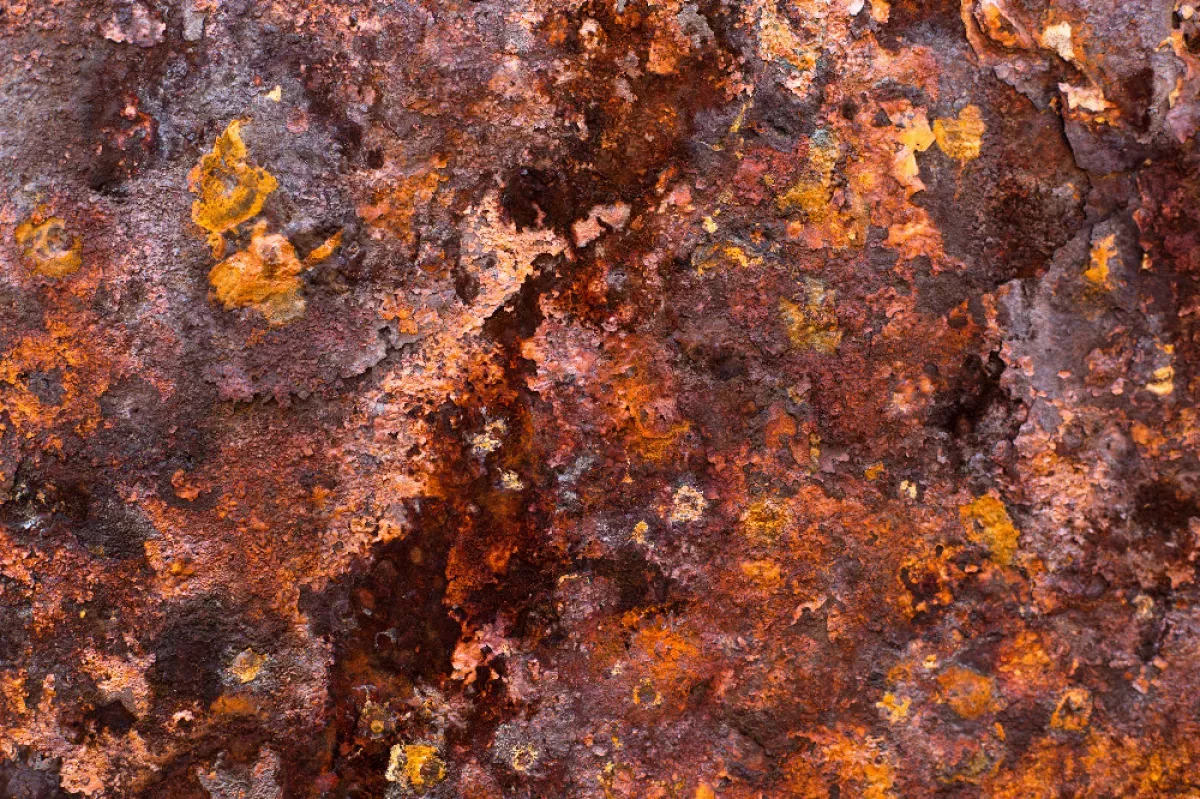Rust is a reddish-brown iron oxide formed by the reaction of iron, oxygen, and water or air moisture. It consists of hydrous iron(III) oxides (Fe2O3·nH2O) and iron(III) oxide-hydroxide (FeO(OH), Fe(OH)3). Rust is commonly associated with the corrosion of refined iron. Given enough time, oxygen, and water, any iron mass will eventually convert entirely to rust and disintegrate. Surface rust is flaky and readily peels away, exposing additional iron to oxidation. Rust formation can be slowed or prevented by using protective coatings like paint, oil, or by alloying the iron with other metals (e.g., stainless steel).
1967: Silver Bridge Disaster
On December 15, 1967, the Silver Bridge in Point Pleasant, West Virginia, collapsed suddenly due to a critical component failure exacerbated by rust. This disaster resulted in the tragic loss of 46 lives and underscored the importance of rust prevention in bridge maintenance.
1983: Mianus River Bridge Collapse
On June 28, 1983, the Mianus River Bridge in Greenwich, Connecticut, collapsed due to internal rusting of the bearings, which caused a road slab to be pushed off its support. This incident highlighted the destructive impact of rust on infrastructure.
2003: Kinzua Bridge Collapse
On July 21, 2003, high winds from a tornado caused the collapse of the Kinzua Bridge in Pennsylvania. The rusting of the central base bolts, which anchored the structure to the ground, played a significant role in the bridge's failure.
Mentioned in this timeline
Pennsylvania is a U S state located in the Mid-Atlantic...
Connecticut is a state in the New England region of...
Virginia officially the Commonwealth of Virginia is a state located...

A tornado is a rotating column of air connecting the...
Trending

7 months ago Jalen Brunson's Rise, Pacers' Challenge, and Knicks' Playoff Collapse Reevaluation
13 days ago World Cup 2026 Draw: Brazil in Group C, France's Path

4 months ago NBA and NBPA support betting limitations; is Michael Porter Jr. a problem?
6 months ago ICE Raids create Ghost Towns in Los Angeles and target Churches in 2025

7 months ago Adam Duritz discusses Counting Crows' new music, surviving the 90s, and being different.
1 month ago Harrison Mevis to debut as Rams kicker against 49ers in Week 10.
Popular

Candace Owens is an American conservative political commentator and author...

Tucker Carlson is an American conservative political commentator known for...

XXXTentacion born Jahseh Dwayne Ricardo Onfroy was a controversial yet...

Ilhan Omar is an American politician currently serving as the...

Kashyap Pramod Patel is an American lawyer who became the...

Frederick Christ Trump Sr - was an American real estate...
